In the delicate tapestry of human experience, few threads are as enduring and universally sought after as love. This ethereal, often elusive, emotion has been the muse of poets, the catalyst for wars, and the silent glue binding societies together across millennia. Yet, for all its prominence in our lives and cultures, the essence of love remains shrouded in mystery, a complex interplay of biology, history, and social dynamics that continues to evolve with each passing generation. This article seeks to explore the multifaceted nature of love, delving deep into its scientific underpinnings, tracing its evolution across the ages, and contemplating its place in the contemporary world.
In "Unveiling the Mystery: The Science of Love," we embark on a journey into the heart's inner workings, dissecting the chemical symphony that orchestrates our feelings of attachment, desire, and affection. As we navigate through "Love Through the Ages: Evolution of Romance," we'll observe how cultural, societal, and technological shifts have sculpted the way we pursue and express love, from the chivalric courtships of yore to the digital dalliances of the modern era. Finally, "Reinventing Relationships: Navigating Modern Love Dynamics" scrutinizes the challenges and opportunities presented by today's rapidly changing relationship landscapes, offering insights into how we can adapt and thrive within them.
Love, in all its forms, is a fundamental aspect of the human condition, influencing our choices,
- 1. Unveiling the Mystery: The Science of Love
- 2. Love Through the Ages: Evolution of Romance
- 3. Reinventing Relationships: Navigating Modern Love Dynamics
1. Unveiling the Mystery: The Science of Love
Love, often characterized as an enigmatic and profound emotion, has intrigued and puzzled humans throughout history. At its core, love is a complex interplay of biological, psychological, and sociological factors, and unraveling its mysteries has become a multidisciplinary pursuit. From the fluttering butterflies in the stomach to the deep, abiding connection felt between life partners, science offers fascinating insights into the various dimensions of love.
Biologically, love initiates a powerful cocktail of chemicals in the brain. Studies pinpoint neurotransmitters such as dopamine, serotonin, and oxytocin as key players in the experience of love. Dopamine, often associated with pleasure and reward, creates feelings of euphoria and bliss that are typical in the early stages of romance. Oxytocin, known as the 'love hormone,' fosters bonding and increases trust and loyalty between partners. This biochemical perspective provides a tangible basis for the feelings of happiness and attachment that accompany love.
Psychologically, love intertwines with our deepest needs and desires. Attachment theory, a psychological model
2. Love Through the Ages: Evolution of Romance
The concept of love, particularly romantic love, has undergone significant evolution throughout history, reflecting broader societal changes and philosophical shifts. This journey of change reveals not only how people have expressed affection, but how those expressions have been shaped by cultural, economic, and technological advancements.
In ancient times, romantic love was often viewed through a pragmatic lens, especially within the context of marriage. Marriages were frequently arranged for strategic alliances, family ties, or economic benefits, with love being a secondary, or even incidental, consideration. The Ancient Greeks, for instance, had several words for love, each depicting different aspects ranging from friendship and family loyalty to passionate, sexual desire. However, it was the idea of "agape" – a selfless, unconditional love – that echoed prominently in philosophical texts, rather than the fervent, romantic love depicted in modern literature and media.
The Middle Ages brought the concept of courtly love to the forefront in Europe. This was an idealized, often extramarital, form of love that celebrated noble deeds, chivalry
3. Reinventing Relationships: Navigating Modern Love Dynamics
In an era where technology and societal norms are evolving at a breathtaking pace, so too are the dynamics of romantic relationships. The tapestry of love is becoming increasingly complex, woven from threads old and new, as individuals seek to navigate the intricacies of modern love. This navigation is not just about adapting to new ways of meeting and communicating but also about reinterpreting what relationships can be.
The digital realm has revolutionized how connections are formed, with dating apps and social media platforms offering unprecedented ways to meet potential partners. However, the convenience and breadth of choice have also introduced new challenges, such as the paradox of choice, where too many options can lead to feelings of overwhelm and indecision. Furthermore, the digital age has ushered in the era of the "virtual relationship," where couples may spend considerable time interacting online before, or instead of, meeting in person. This shift has necessitated new strategies for building trust and intimacy without the traditional cues and contexts provided by physical presence.
Another significant aspect of modern love dynamics is the growing acceptance and recognition of diverse relationship structures, such as polyamory, open relationships
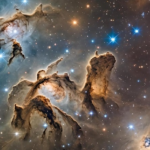








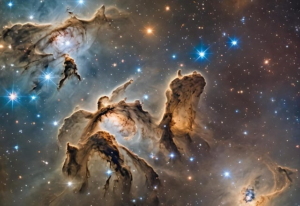



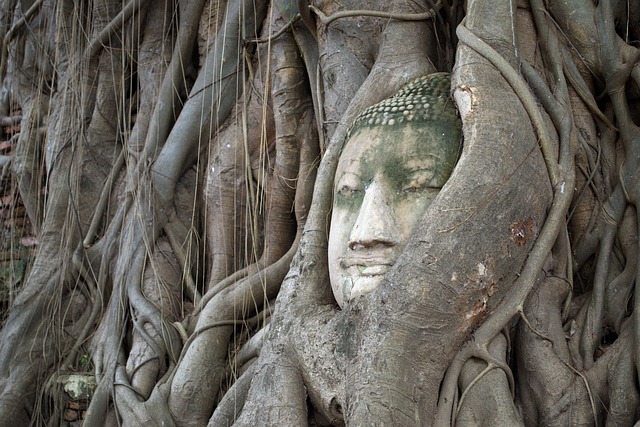
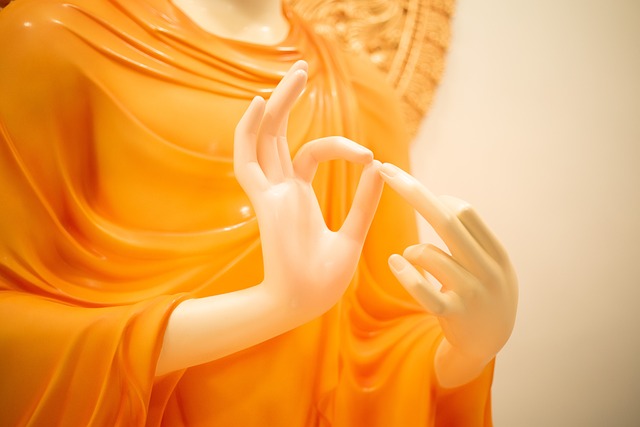
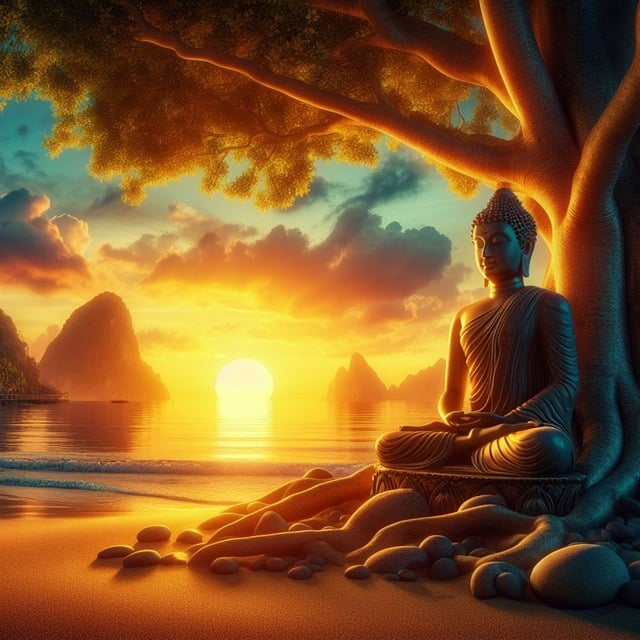



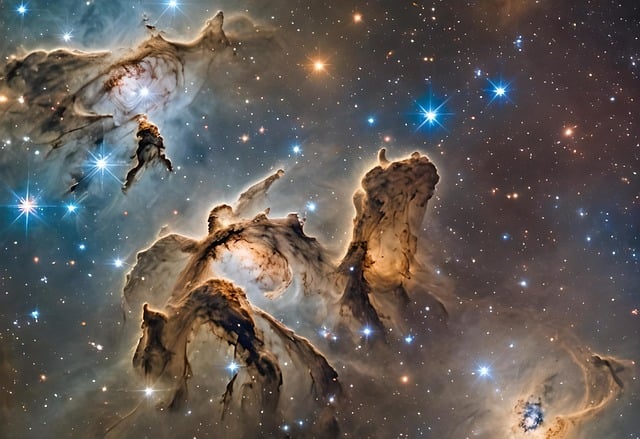

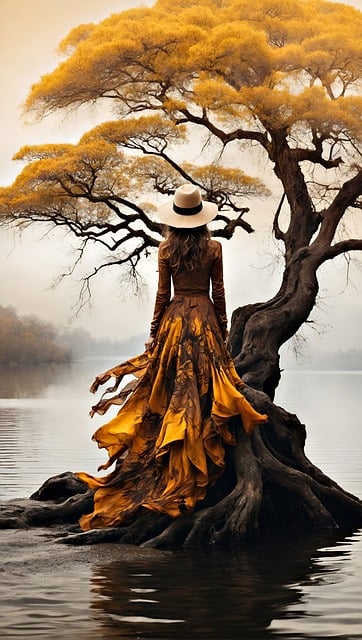



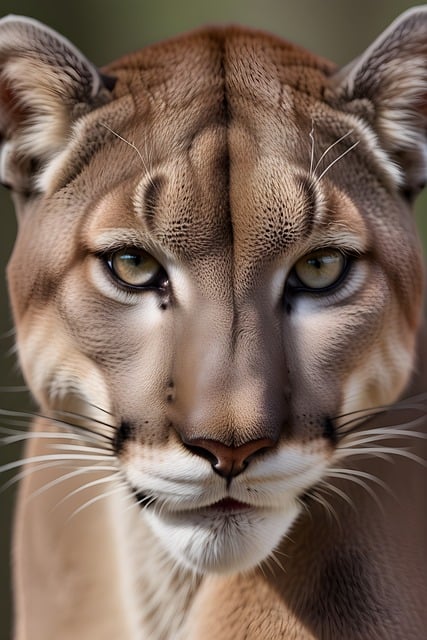

+ There are no comments
Add yours